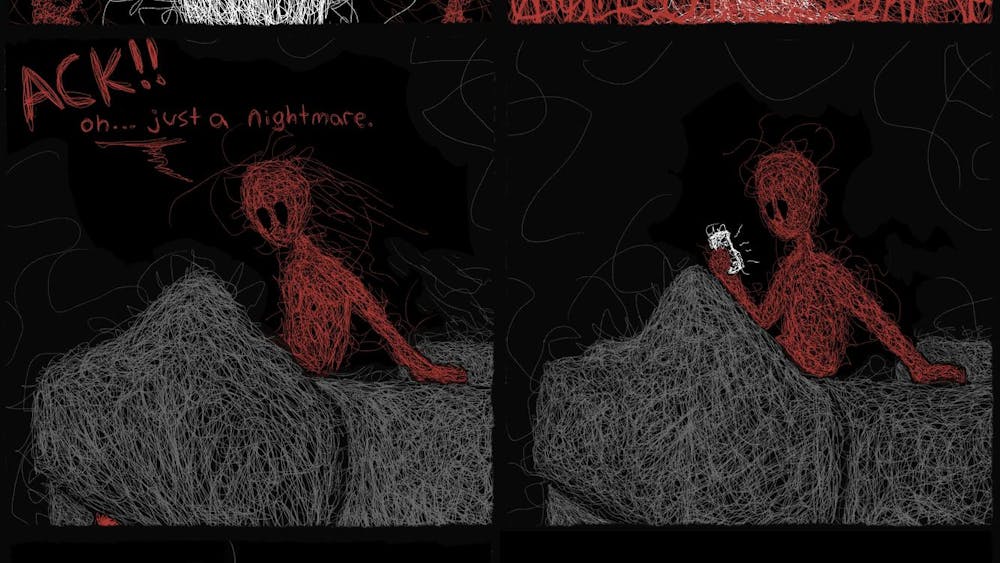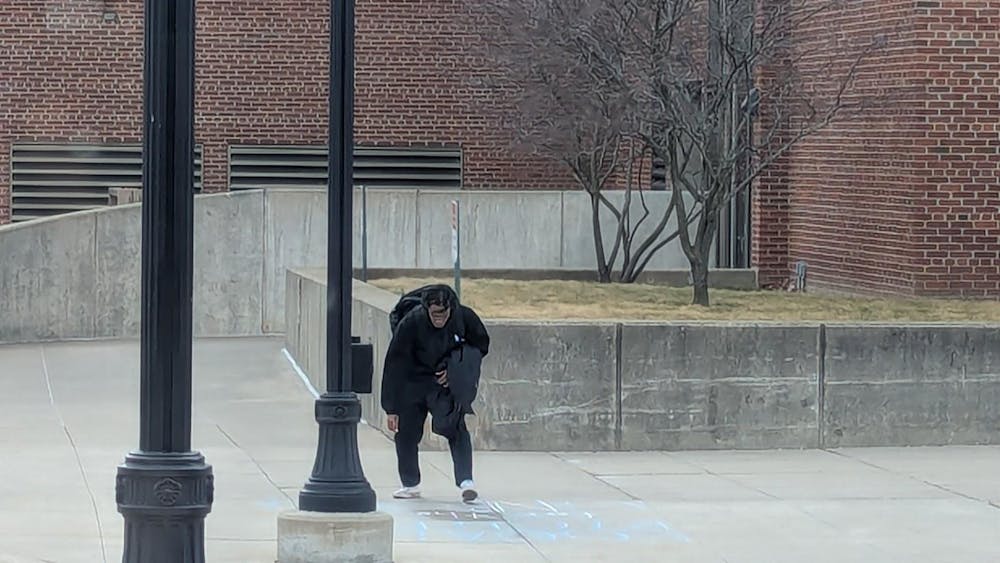Easter eggs are typically all made in the same manner – hard boil some eggs, mix some coloring agent (tablet, food coloring, plant) and vinegar, let egg sit and absorb color. In reality, there’s many ways to cover a white shell, and one of those ways is decoupage.
Decoupage is basically applying paper or cloth with a thin, wet glue liquid brushed under and over the paper/cloth. It’s similar to papier-mâché, though you’re not building thick layers, just a thin outer covering. Typically used to cover wood and plastic objects, decoupage allows you to adhere photos, sheet music, clip art, and more to make a flat glossy surface.
For this project, I used 2 parts white Elmer’s glue to 1 part water, mixed together. I have read you can also use bottled Modge Podge, sold at craft stores for wood and plastic decoupage, though I wouldn’t use it on an egg you may potentially eat (Elmer’s is nontoxic).
Tissue paper is the easiest to use, and with scissors, shape cutters and just plain ripping, you can make stained glass-like patterns. The glue mixture soaks right through and makes a lovely almost painted on effect. You can also use printed napkins (yup, from the party aisle at grocery stores) to make gorgeous florals, dots and whatever other patterns there are available.
Cloth requires a little more of the glue mixture, but makes a cool patchwork effect. You can encase the entire egg in cloth by cutting a rectangle long enough to fit around the egg’s width then clipping triangles out of both the top and bottom so they will come together at the tapered top and bottom of the egg. Lace, tulle and ribbon all work too, for different effects.
The method is simply to mix the glue and water, apply with a paintbrush to a small area of the egg and apply paper or cloth, then brush more glue mixture over the paper or cloth to seal in place.
Repeat to cover the egg, and allow a few hours or overnight to dry on waxed paper. There still may be some sticking, but that’s just the nature of the project.
To make eggs that can last from year to year, try using the aforementioned Modge Podge to cover plastic eggs with old family Easter photos (printed out very small on regular printer paper), then arrange them in a small basket to give as a gift to parents or grandparents.










